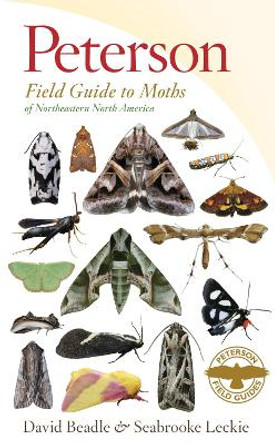Insects boast incredible diversity, and this book treats an important component of the western insect biota that has not been summarized before - moths and their plant relationships. There are about 8,000 named species of moths in our region, and although most are unnoticed by the public, many attract attention when their larvae create economic damage: eating holes in woolens, infesting stored foods, boring into apples, damaging crops and garden plants, or defoliating forests.In contrast to previous North American moth books, this volume discusses and illustrates about 25 per cent of the species in every family, including the tiny species, making this the most comprehensive volume in its field. With this approach it provides access to microlepidoptera study for biologists as well as amateur collectors. About 2,500 species are described and illustrated, including virtually all moths of economic importance, summarizing their morphology, taxonomy, adult behavior, larval biology, and life cycles.
About the AuthorJerry A. Powell, Professor of the Graduate School in the Department of Environmental Science, Policy, and Management at the University of California, Berkeley, and coauthor of California Insects. Paul A. Opler, Professor in the Department of Bioagricultural Sciences and Pest Management at Colorado State University, Ft. Collins, is author of Peterson Guides to Western and Eastern Butterflies, among other books.
Reviews"A must have for those with a serious interest in the Lepidoptera of Western North America." Scienceblogs.com/The Guardian
Book InformationISBN 9780520251977
Author Jerry A. PowellFormat Hardback
Page Count 516
Imprint University of California PressPublisher University of California Press
Weight(grams) 2087g
Dimensions(mm) 279mm * 216mm * 36mm










